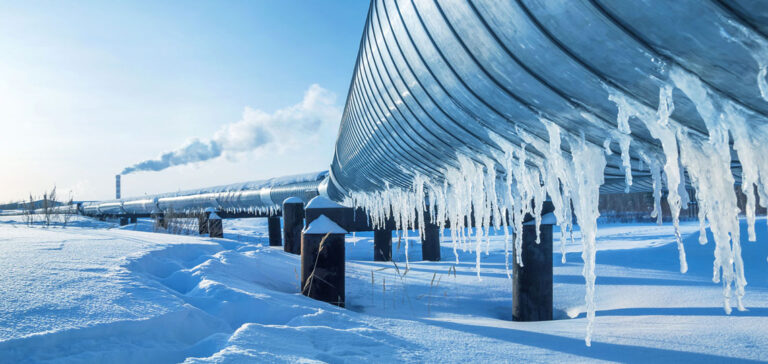France is preparing for a Gas Winter and is in a favorable position for exports to Europe this winter. Despite potential concerns about a late cold, gas transmission system operators GRTgaz and Teréga are confident. They believe that the French network is capable of guaranteeing gas requirements, even in the event of a harsh winter.
Outlook for Winter 2023-2024
The two main managers shared their outlook for winter 2023-2024. However, we must remain cautious, as the margin of safety remains slim in the event of a late-season cold snap. Managers warn of the risk of shortages if gas reserves are heavily used at the start of winter. These reserves represent around a third of France’s annual gas consumption.
To maintain the balance of the gas system, several conditions must be met. This implies sustained imports of liquefied natural gas (LNG), careful management of reserves and the maintenance of consumption levels similar to those seen the previous winter.
Consumption Reduction and Geopolitical Impact
France reduced its gas consumption by 14.3% (adjusted for climatic variations) between August 2022 and July 2023 compared with the same period in 2018-2019. This decrease can be explained in part by the reduction in pipeline deliveries from Russia since the invasion of Ukraine in February 2022. EU countries have increased their LNG purchases by 70% in 2022, largely from the USA and Russia (17% of European purchases between January and July 2023).
Strengthening supply capacities
Thierry Trouvé, Managing Director of GRTgaz, explained that the situation is better than in 2022, not only because of well-filled reserves, but also thanks to lower consumption and increased supply capacity in France. Gas reserves in Europe are 96.7% full, according to Gas Infrastructure Europe.
France has also increased its liquefied gas supply capacity thanks to a terminal operated by TotalEnergies in Le Havre, with a capacity of around 22 terawatt-hours (TWh). In addition, gas import capacity from Spain has been increased, which will enable an additional volume of up to 6 TWh to be injected during the winter, according to the operators.
Final Analysis
France’s preparations for the gas winter are solid, with well-filled reserves, strengthened supply capacities and falling consumption. However, caution is still called for in the event of intense cold at the end of the season. The increase in LNG imports and the expansion of supply capacity are evidence of efforts to guarantee stable gas supplies for France and its European neighbors. This is of paramount importance for the region’s financial and energy stability, and underlines the need to maintain a balanced and proactive approach to energy challenges.






















